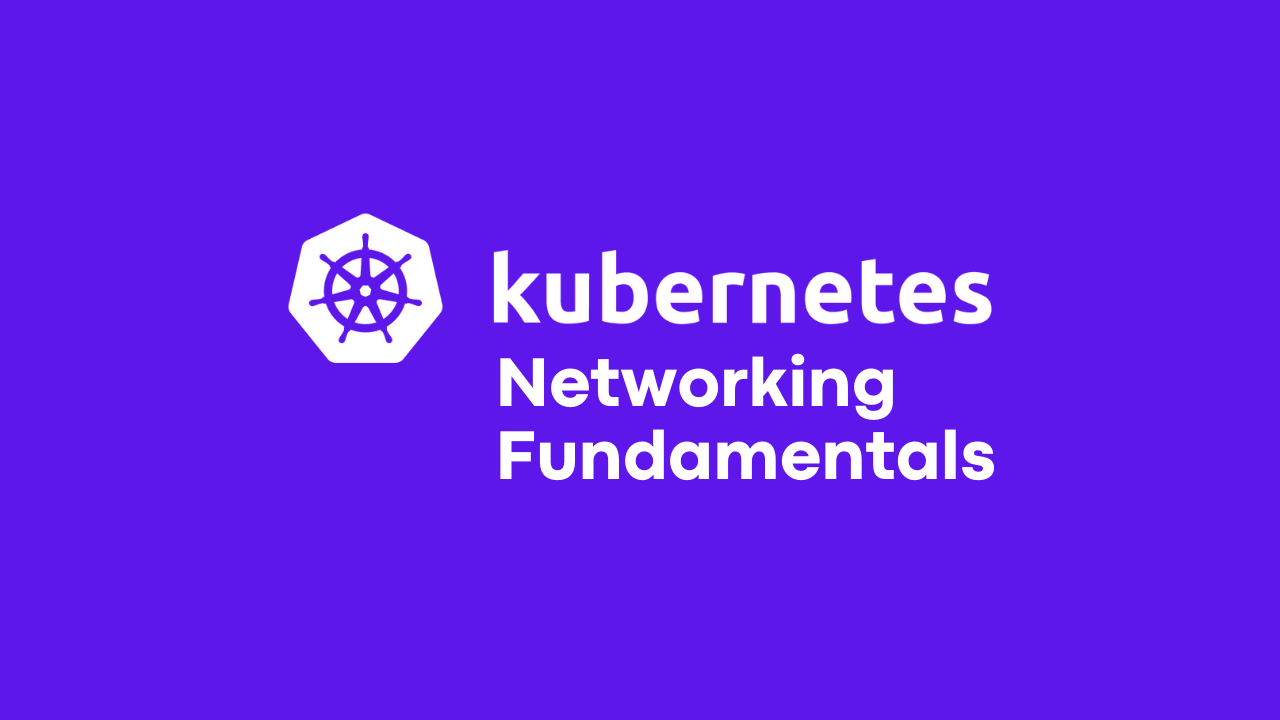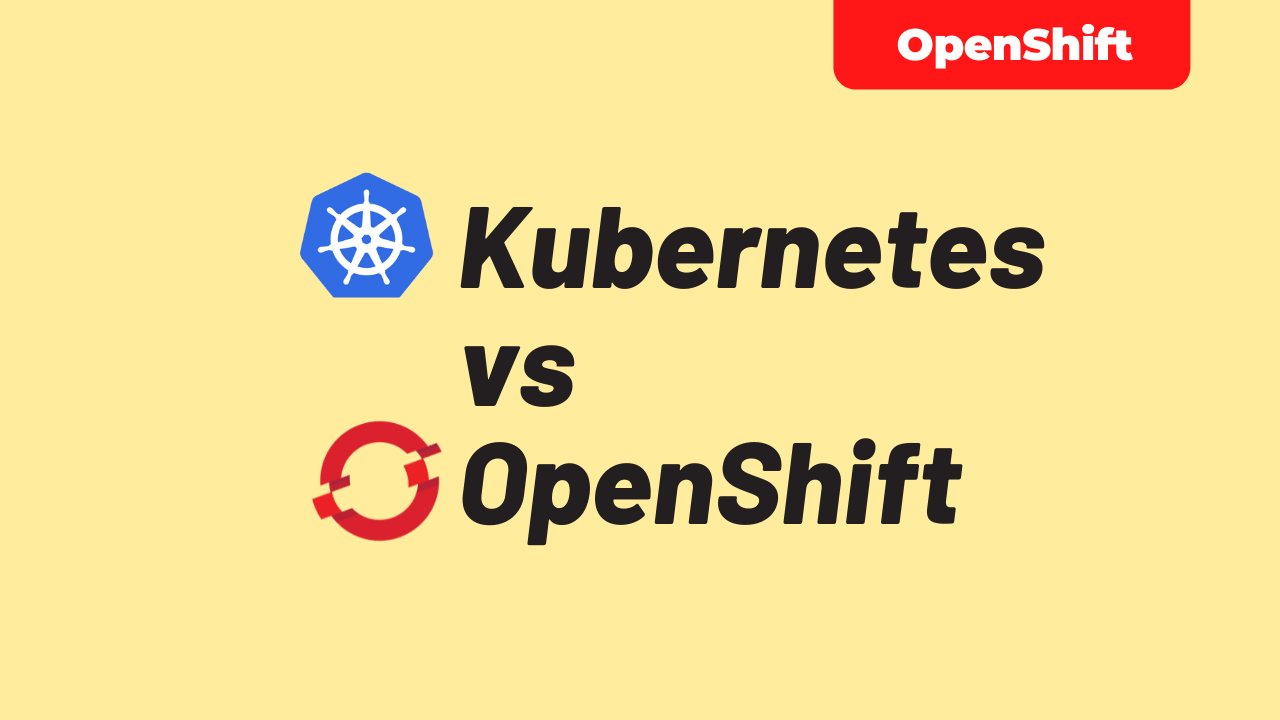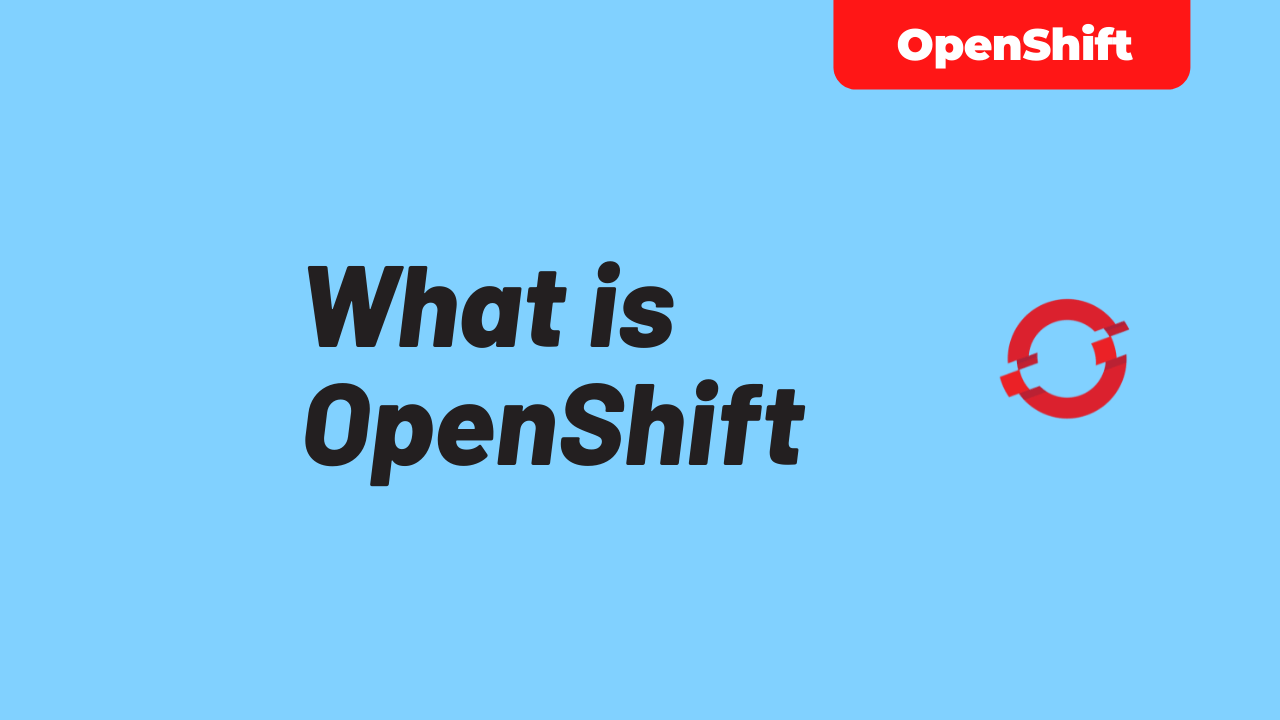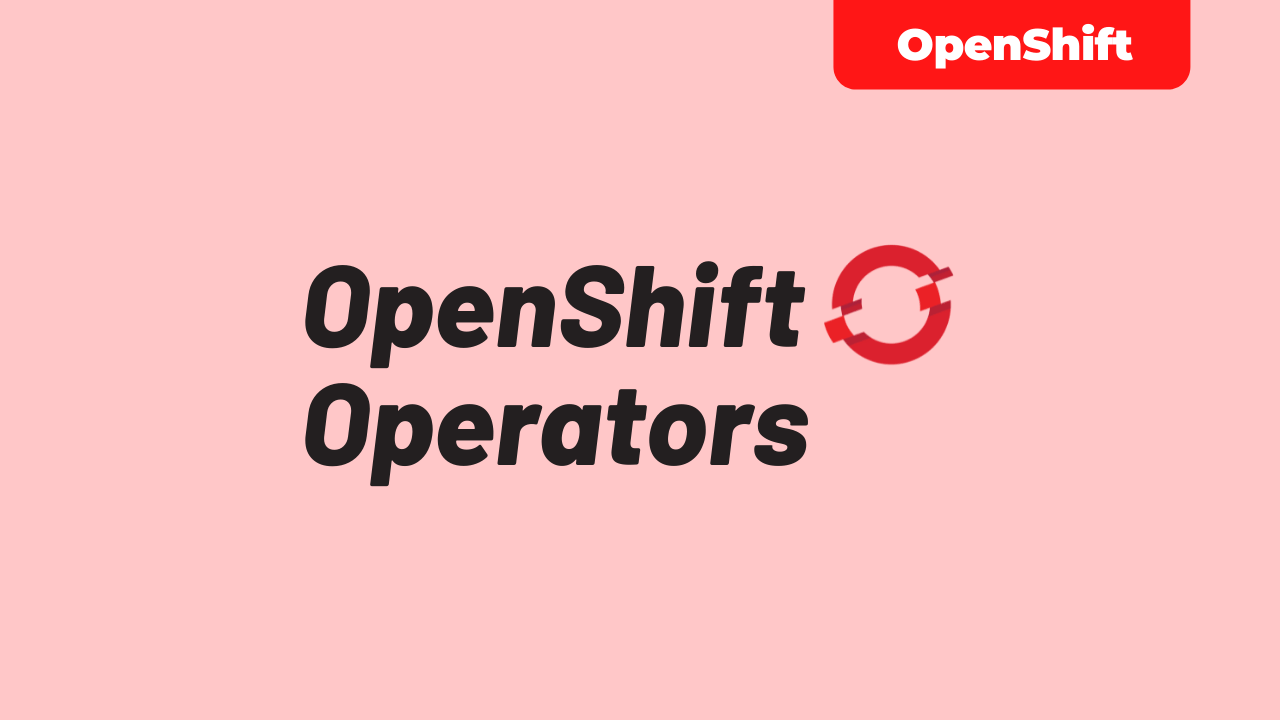OpenShift

Kubernetes Networking Fundamentals
The Kubernetes Network Model specifies: Every Pod gets its own IP address. There should be no need to create links between pods and no need to map …
OpenShift 4: Pushing my cluster to the limit
When I involved in the design of Red Hat OpenShift 4 platform for customer deployment, the common question coming from the customer was how much my …

SigStore: Securing my software with a new standard
The secure dependencies dilemma I had one situation where the customer asking how we can ensure that our 3rd party libraries or any external public …

A Kubernetes Service Mesh Comparison
As microservices architecture continues to evolve, interservice communication has become a significant challenge to manage. Service meshes are …

Kubernetes vs OpenShift – 15 Facts You Should Know
Welcome back to the OpenShift Bootcamp series. In this article we will see the difference between Kubernetes and OpenShift . Please note, during the …

What is OpenShift
Welcome back to the OpenShift BootCamp series. In this article you will learn what OpenShift is and why we are using OpenShift. We will also learn …

Introduction to OpenShift BootCamp
Hello everyone, welcome to the OpenShift BootCamp course. This is the course introduction for you to understand the structure and content of this …
Introduction to Developer Sandbox for Red Hat OpenShift
Red Hat is offering free Developer Sandbox for OpenShift which you can use for your OpenShift testing and learning purpose.
Introduction to Container Fundamental
Let’s learn about, Traditional VM based deployment Challenges Container based deployment Advantages of Containers Use cases Nived Velayudhan …
CONTAINER RUNTIMES – Core Concepts Deep Dive
So what really happens in the backend when we pass the “docker run” command?

